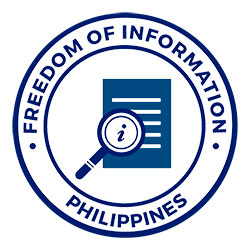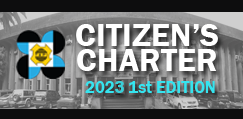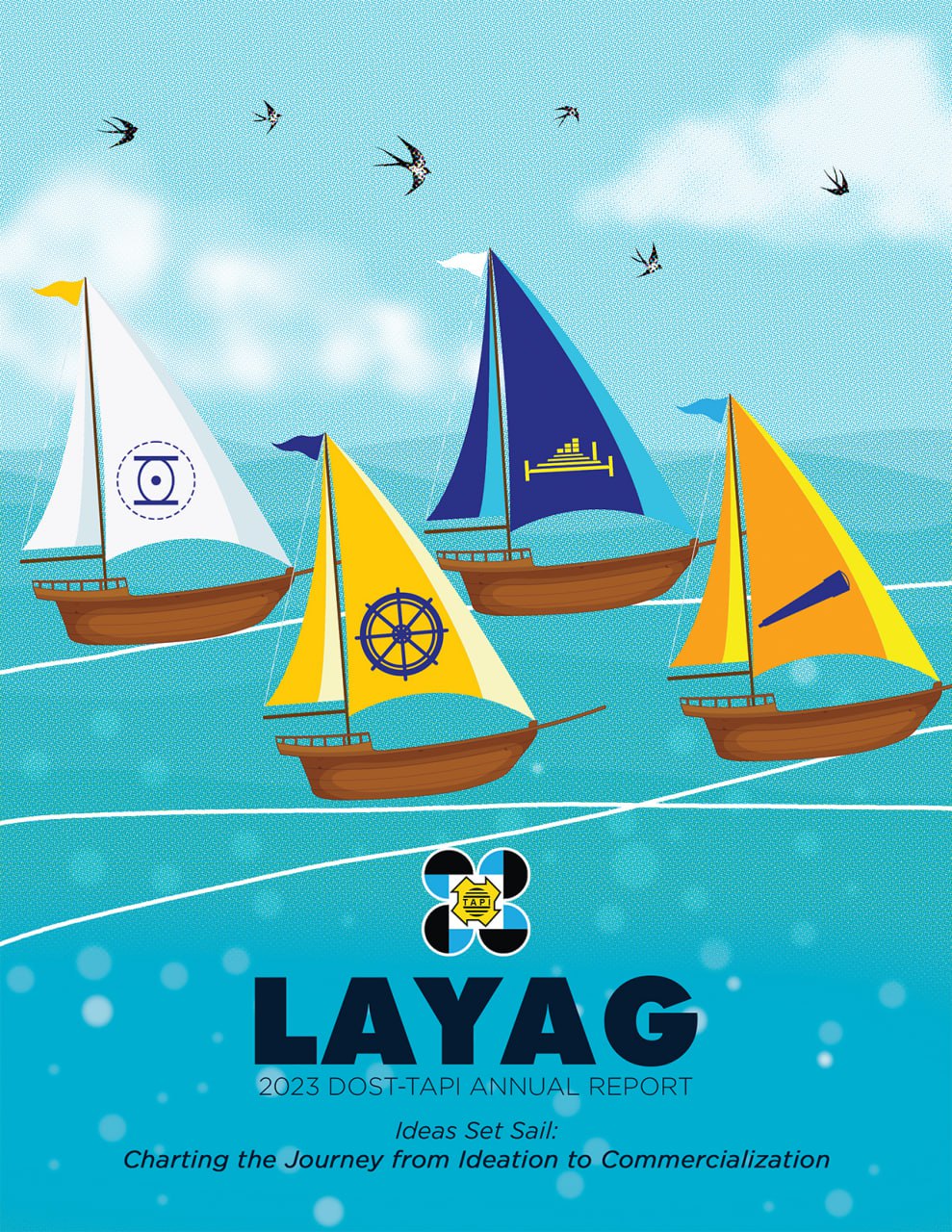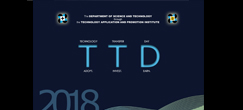By Geraldine Ducusin
No matter how accurate the weather forecast is, but if those on the ground will have difficulty in understanding or interpreting the forecast, the warning issued will not be of much use. For the local government to take action or even for people in the community to know what to do, they have to know what the impact of the weather will be, so they can prepare in order to reduce damage to themselves and properties. Typhoon Haiyan in 2013 created a huge impact where the weather experts realized it’s not enough to just give a forecast.
“There’s a paradigm shift from the traditional forecast, halimbawa, sinasabi natin dati ‘ito ang lagay ng panahon’ to impact-based forecast, wherein sasabihin na natin, ganito ang maaaring mangyayari sa ganitong lagay ng panahon,” Romeo B. Ganal, Jr., PAGASA Senior Weather Specialist said during the Technology Forum on Disaster Prevention and Mitigation at the HANDA Pilipinas Luzon leg in Ilocos Norte.
(There’s a paradigm shift from the traditional forecast, for instance, we used to say, this is the weather, to impact-based forecast, wherein we’ll say these are what will likely to happen given this weather.)
In the forum, Ganal discussed the multi-hazard impact -based forecasting and early warning system for the Philippines which is based on international standards.
Ganal said there’s a limitation to what a forecast agency can do. There’s a need to make people in the localities understand, interpret appropriately, so they can take appropriate action in order to save more lives.
Also, among PAGASA’s innovation is their new website and chance of rain forecast. The new website has uniform look and information by province that can also provide a five-day weather information.
Sharon Juliet M. Arruejo, Assistant Weather Services Chief of PAGASA said that they can now provide for the people’s weather forecast needs or special forecast, which the people can use in their rescue.
“We can also give ‘chance of rain’ data for the week wherein the public may know the chances of rain, like how many percent, thirty percent, for instance. But these information are available for now only in our website, and not yet in social media,” Arruejo added.
Heads of local governments from different parts of Luzon and some national government offices including Office of the Civil Defense (OCD) and Department of Interior, Local Government (DILG), Philippines Information Agency (PIA), local Disaster Risk Reduction Mitigation (DRRM) officers and students gather for a three-day event as HANDA PILIPINAS Innovations in Climate and Disaster Resilience Luzon leg kicks off today at Plaza Del Norte, Laoag City, Ilocos Norte. DOST-TAPI managed this year’s HANDA, in collaboration with DOST-Regions I who hosted the Luzon leg, VII, VIII and X, and other government agencies (TAPI news service).












